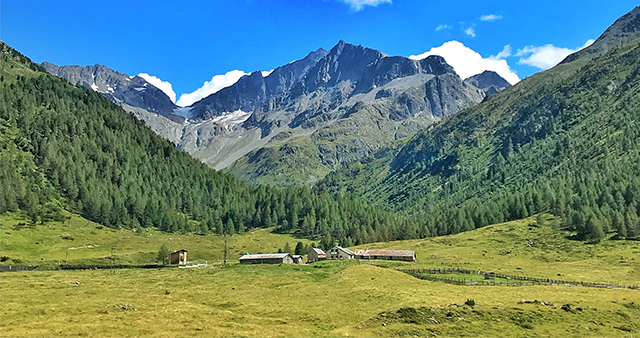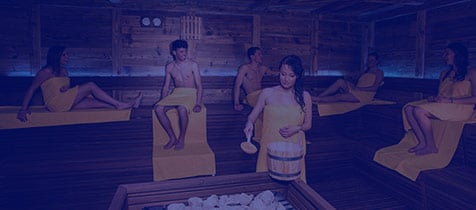SYDNEY 2000
The amazing evolution of the olympic torches design

NATIONS: 199
ATHLETES: 10.651 (4.069 W – 6.582 M)
EVENTS: 300
TORCHBEARERS: 13.300 (800 Greece, 1.500 Oceania, 11.000 Australia)
KM: 27.000 (Greece, Guam, Palau, Micronesia, Salomon Islands, Samoa, Cook Island, Fiji, New Zeland and Australia)
LAST TORCHBEARERS: Cathy Freeman, winner of Olympic silver in 1996 and Olympic gold in these Olympics, both in the 400m. She is the only person ever to light a brazier and win a gold medal in the same
The shape of the torch, produced by an Australian designer, is inspired by the futuristic lines of the Opera House – the famous theatre of Sydney – and by the silhouette of the boomerang, symbolic object of the nation. The torch, created by G.A. & L. Harrington Pty Ltd., is divided into three parts (white, blue and chrome) which symbolize also the union of earth, fire and water. All these symbols are very important to Aboriginal people. These elements, strongly territorial, recur also in the logo that represents the stick figure of a running athlete. The touch of blue, at the center of the logo and the torch, refers to the sea, Oceania’s prevailing natural element. A big news is the introduction of the carbon fiber as a material used for the creation of the torch. The torch was invented by the designers of the «Australian Blue Sky».
Cathy Freeman, the Australian athlete, had the honor to light the Olympic Flame and 10 days later she won the 400m final. Korea (South Korea) and Democratic People's Republic of Korea (North Korea) marched together under the same flag. Triathlon and taekwondo were two new additions to the Olympic program. For the first time, tests to detect EPO and blood tests were performed. Women took part in the modern pentathlon and in weightlifting for the first time in Olympic history. The Games were officially opened by Sir William Deane, Governor General of Australia.




